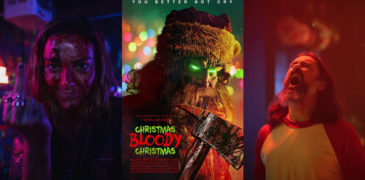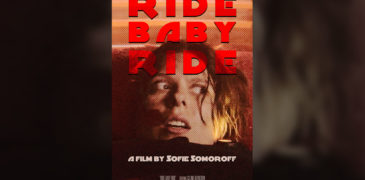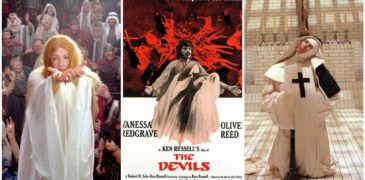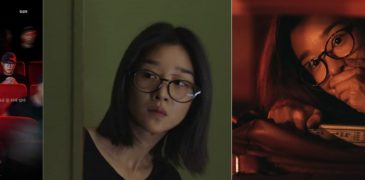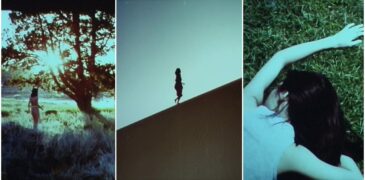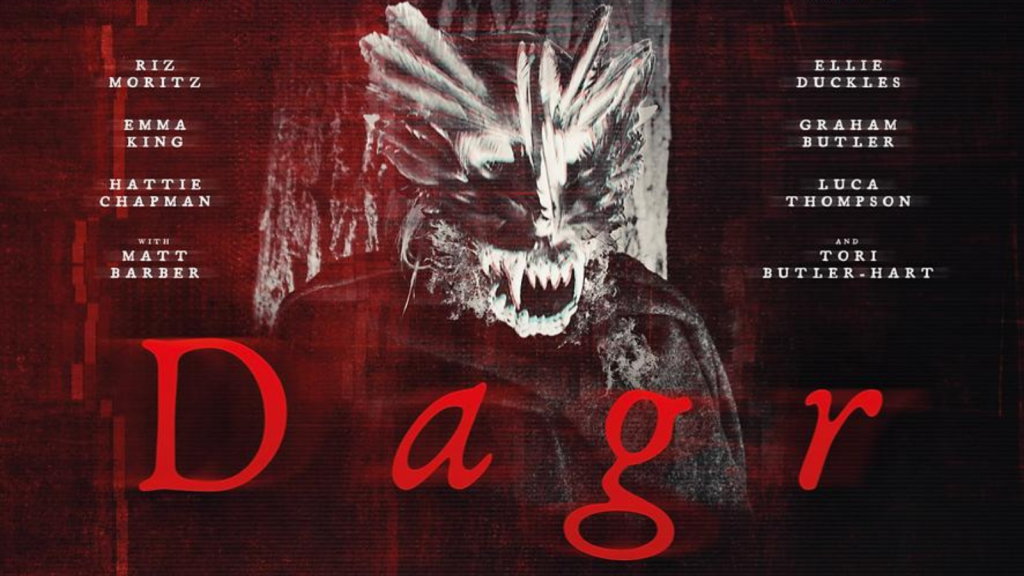
Dagr (2024), by director Matthew Butler-Hart and produced by Fizz & Ginger Films, is the perfect found footage film: a labour of love from a small but incredibly talented creative team with a strong concept, Dagr is a film that stays with you long after the final screams.
Thea and Louise are obnoxious wannabe internet celebrities – social media justice warriors, if you will. We spend the first part of the film really getting to know these young women, two London kids who’ve made the epic journey to South Wales and are equally thrilled by the softness of the tap water and disappointed by the landscape. “All you see is leaves,” Louise notes. “Leaves and sheeps,” adds Thea sagely.
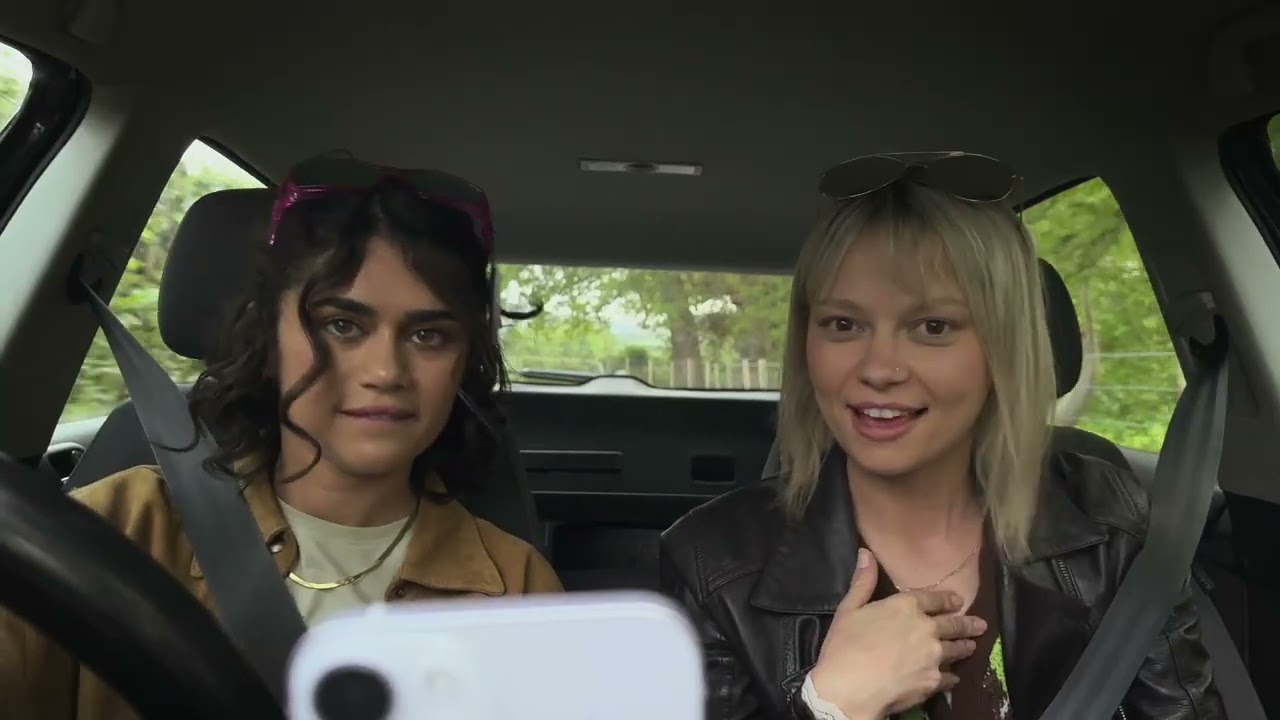
These slightly dense, politically aware young women are pretty awful. They don’t understand how fields work, and they’re clearly self-obsessed, but it feels like their hearts are in the right place. For their greatest heist ever, the duo are posing as catering staff at a high-end fashion shoot with the goal of robbing the place and selling the loot so that they can give the money to a food bank.
Interspersed with their journey, we get glimpses of said fashion shoot. The session’s director, Tori (who co-wrote Dagr) and her team (including Tori’s real-life brother-in-law Graham, also a co-writer) are filming this high-end shoot, which they’re supposed to be streaming directly to the investors. Unfortunately, creepy Welsh mansions are notoriously poor for Wi-Fi, so they continue the best they can, setting up cameras throughout the house and making a video diary of their progress.
Meanwhile, Thea and Louise’s GPS-devoid journey takes them down seemingly endless country lanes and into deserted farm shops that spread local myths through unsettling folk horror masks. So, normal Wales stuff. While stopping for air, they hear a gun being fired. “This is where death happens,” Louise ominously intones.

As the two storylines converge, this buddy comedy becomes a claustrophobic haunted house nightmare, and the cynical Thea and Louise enter an unsettlingly quiet house. The film crew have been complaining about the lack of catering, but now there’s no one to be seen. The girls hit the jackpot when they stumble on a room filled with designer clothes, gifts, and filmography equipment, but rather than making a run with the goods, they decide to stay as planned to get a full episode for their show.
As they explore the house they find tablets with footage of the film crew working and see the lead actress stab one of the film crew. Up till now, we’ve seen the occasional snatch of video interference, but now the girls see a cloaked figure on screen. Looking at the stain of blood on the carpet beneath them, Thea’s sure it’s all part of the film, but Louise isn’t convinced. When they rewind to look at the cloaked figure again, he’s gone.
Their journey through the mansion, finding pieces of evidence as they go, feels like almost like a survival horror video game, especially with the first-person nature of body cameras. The rooms seem to multiply, a revolving door of ever-creepier environments in which our victims can be stalked.
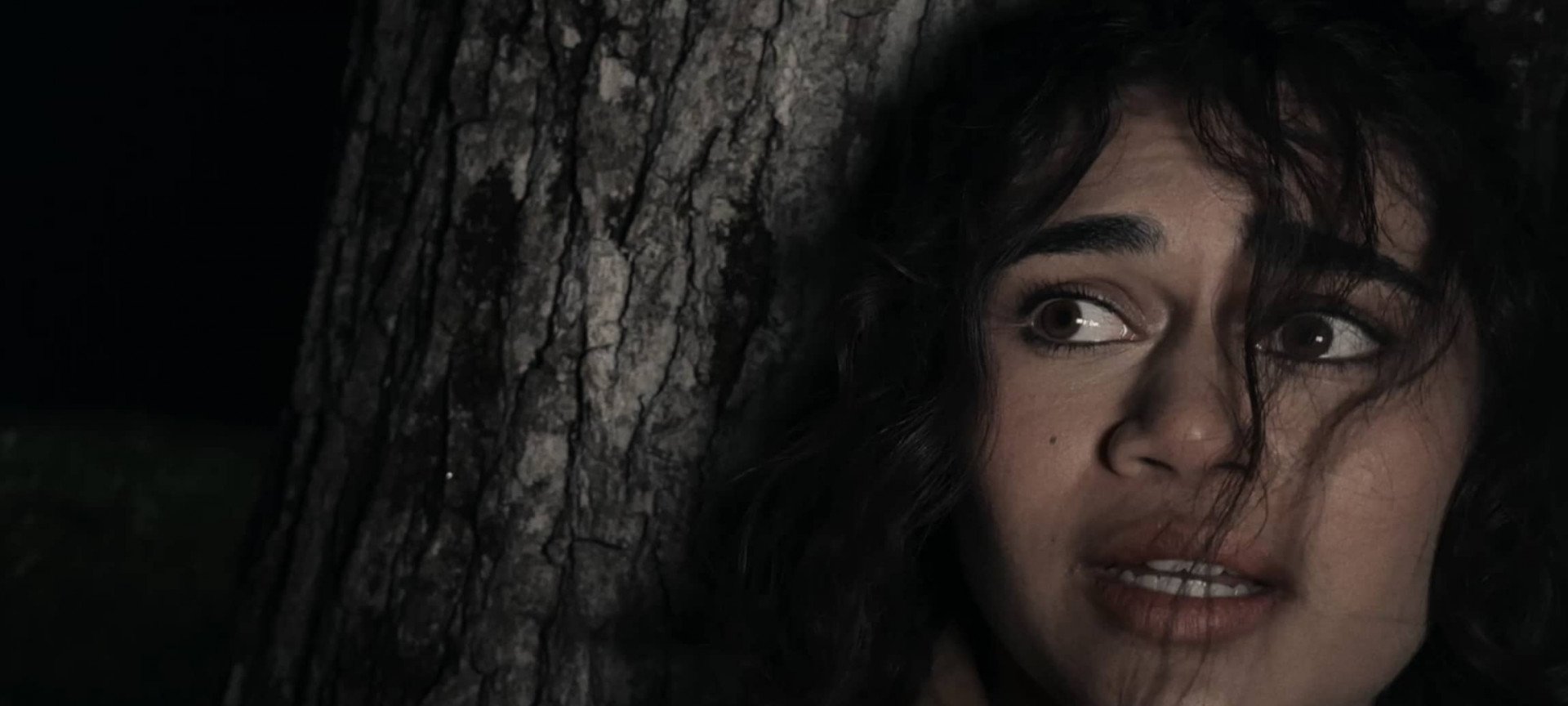
The entirety of this film is done with found footage in a way that’s both explained in the script and makes total sense in the modern day. Thea and Louise are obviously equipped with a small bevvy of cameras and selfie sticks, but we also have the film team who are live streaming from their cameras for the sake of the investors. The cinematography was at all points both internally consistent and artfully executed.
Especially pleasing was the use of mirrors, doorways, screens, and windows – almost every scene felt like it had the potential for a glimpse of something scary in the background. Each piece of film that Thea and Louise find is a puzzle piece that leads to a horrifying picture: that the grizzly murders caught on camera have only just happened, and the killer might still be in the house.
This film is an unexpected masterpiece – where you might expect an hour and a quarter of Gen Z cringe, you’ll actually find a carefully crafted found footage of haunted house folk horror that combines all the best elements of these genres. Incredible acting all around, with conscientious characters and a sizeable nod to some of the greatest films ever made.
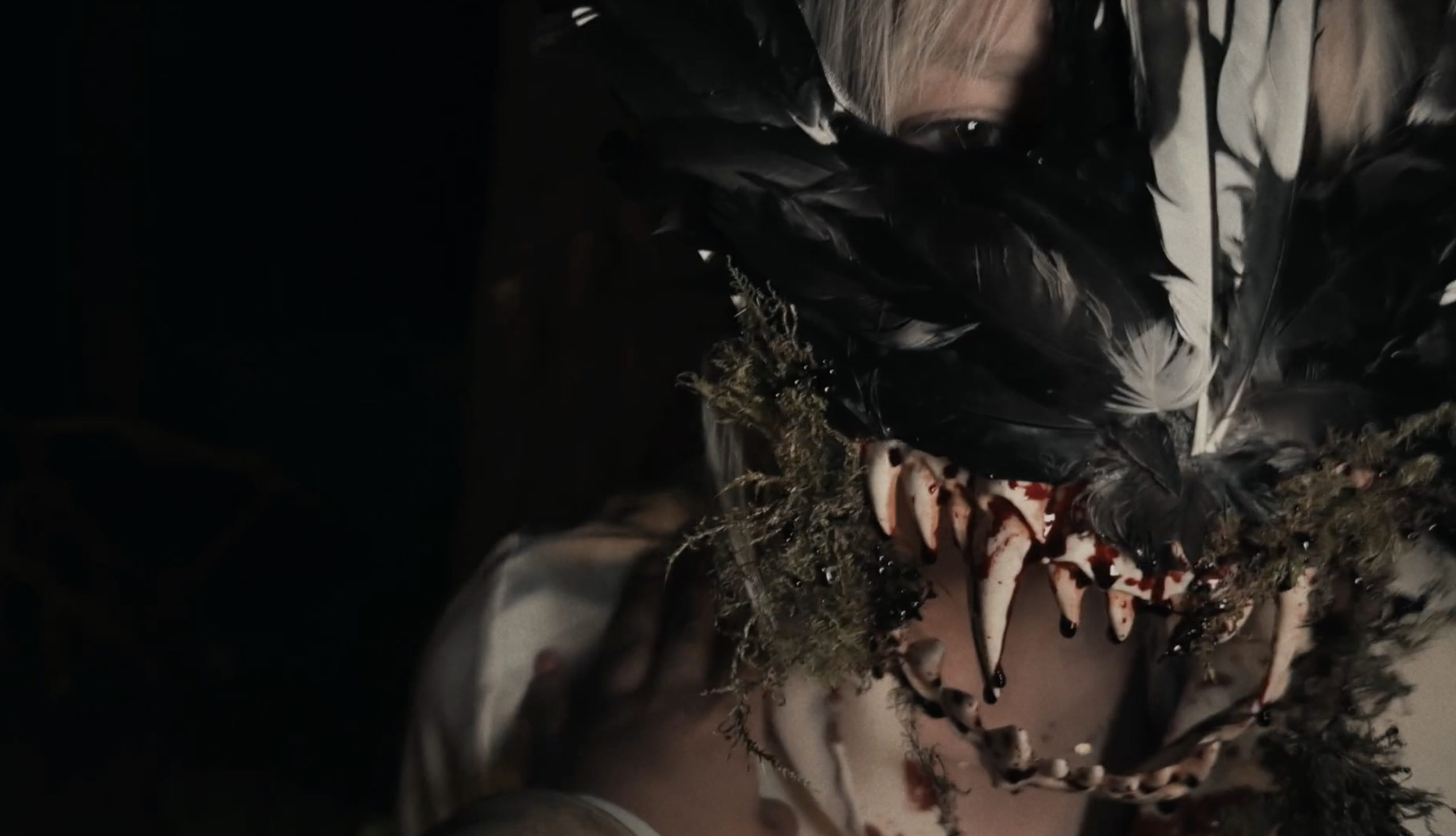
By putting faith in the actors to improvise their own performances, the characters, and situation feel so much more real – there are subtle tensions that surface and make for richer relationships. Even on the high-end photo shoot, there’s an uncomfortable power imbalance between the male and female actors that feels very authentic.
The Blair Witch Project comparison is easy and obvious – so much so that they ironically reference it in the film long before authentically living it out. The meeting of two found footage narratives was reminiscent of [•REC]², applying found footage techniques in a more modern setting felt like a nod to Host, and the folk horror elements were clearly inspired by The Wicker Man; surely Lord Somerton was also a reference to Christopher Lee’s Lord Summerisle.
Dagr is witty in a perfectly British way – from scathing political satire to self-deprecating film school snobbery, the humour is dry and cynical. But like any good horror, the comedy’s all but forgotten when things get serious: from that point on, it’s real edge-of-your-seat terror.
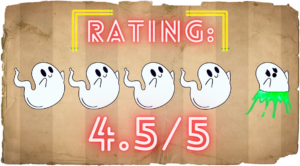
More Film Reviews
Cruel Jaws, also known as Jaws 5: Cruel Jaws or The Beast, is a 1995 English-language Italian creature feature horror film written and directed by Bruno Mattei, with additional writing… Christmas Bloody Christmas is an over-the-top slay ride of holiday cheer fear! Writer and director Joe Begos (VFW, Bliss) always delivers a combination of good storytelling and delirious, gory violence… Ride Baby Ride is a tightly condensed short film that packs a powerful punch to the patriarchy in its 6 minutes. Director Sofie Somoroff is no stranger to conjuring up… As the temperature of sin and plague begins to rise within the town of Loudun, France, it is hard not to notice the white brick walls that fortify the commune… Warning: Do Not Play is a South-Korean horror that can proudly stand among the great Asian movies from this decade with a focus on filmmaking, ‘One Cut Of The Dead‘ and… Ivy, played by Brigitte Lin Ching-Hsia, is a Taiwanese student living in San Francisco. She shares a dormitory with other students of her diaspora. The pupils consume most of their…Cruel Jaws (1995) Film Review – We’re Going to Need a Bigger Budget [Fantastic Fest 2025]
Christmas Bloody Christmas (2022) Film Review – An Over the Top Slay Ride of Holiday Fear
Ride Baby Ride (2023) Film Review
The Devils (1971) Film Review – A Study in Villainy and a Comprehensive De-Twirling of a Most Suspicious Moustache
Warning: Do Not Play (2019) Film Review – All About Showing, Not Telling
Love Massacre (1981) Film Review – Love Hurts
Jenny is a creative copywriter living just outside of Liverpool who loves horror, board games, comics, video games and industrial metal.

![Cruel Jaws (1995) Film Review – We’re Going to Need a Bigger Budget [Fantastic Fest 2025]](https://www.grimoireofhorror.com/wp-content/uploads/2025/09/Cruel-Jaws-cover-365x180.jpg)
